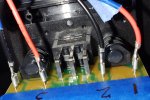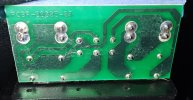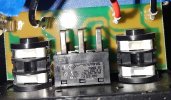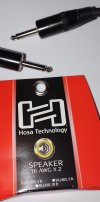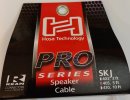Back to Marshall
Member
- Joined
- Feb 1, 2022
- Messages
- 54
- Reaction score
- 49
I'm sure this has been discussed, I've seen threads but can't find them this time 
I have a used but like mint 1960 Lead "A"/ top slant cabinet. I did remove the back when I first got the cabinet to make sure it had the right speakers in it. Everything looked original and the speaker selector circuit board, switch and jacks looked fine. When I first got it, I thought I had a cable hooked up wrong because no sound came out in the "Mono" position. Flicked the switch a few times and fired up the amp again and it worked perfect...Mono 16 Ohms. I just moved my gear around today, and before hooking things back up, decided to flick the switch back and forth a few times to "clean" the contacts. If that actually even cleans them. Fired up the DSL100HR, which is barely a month old, and no sound once again. So I turned off the amp, and plugged the cab into a solid state Marshall to search for the problem. If I move the Stereo/mono switch to mono, no sound. If I move the sitch closer to the middle, which isn't a position, all four speakers are on and there is no noise indicating a bad connection. Would pulling the back off and spraying the board and switch with electronic pards cleaner do anything? I don't want to take a chance of damaging the amp with the wrong impedance, and like the ability to switch between mono and stereo if I want to some day. Sorry for being so long winded. Karl

I have a used but like mint 1960 Lead "A"/ top slant cabinet. I did remove the back when I first got the cabinet to make sure it had the right speakers in it. Everything looked original and the speaker selector circuit board, switch and jacks looked fine. When I first got it, I thought I had a cable hooked up wrong because no sound came out in the "Mono" position. Flicked the switch a few times and fired up the amp again and it worked perfect...Mono 16 Ohms. I just moved my gear around today, and before hooking things back up, decided to flick the switch back and forth a few times to "clean" the contacts. If that actually even cleans them. Fired up the DSL100HR, which is barely a month old, and no sound once again. So I turned off the amp, and plugged the cab into a solid state Marshall to search for the problem. If I move the Stereo/mono switch to mono, no sound. If I move the sitch closer to the middle, which isn't a position, all four speakers are on and there is no noise indicating a bad connection. Would pulling the back off and spraying the board and switch with electronic pards cleaner do anything? I don't want to take a chance of damaging the amp with the wrong impedance, and like the ability to switch between mono and stereo if I want to some day. Sorry for being so long winded. Karl

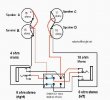
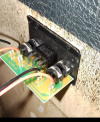
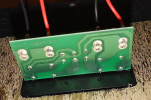
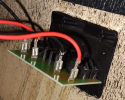
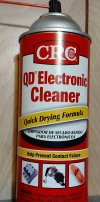
 ,
,